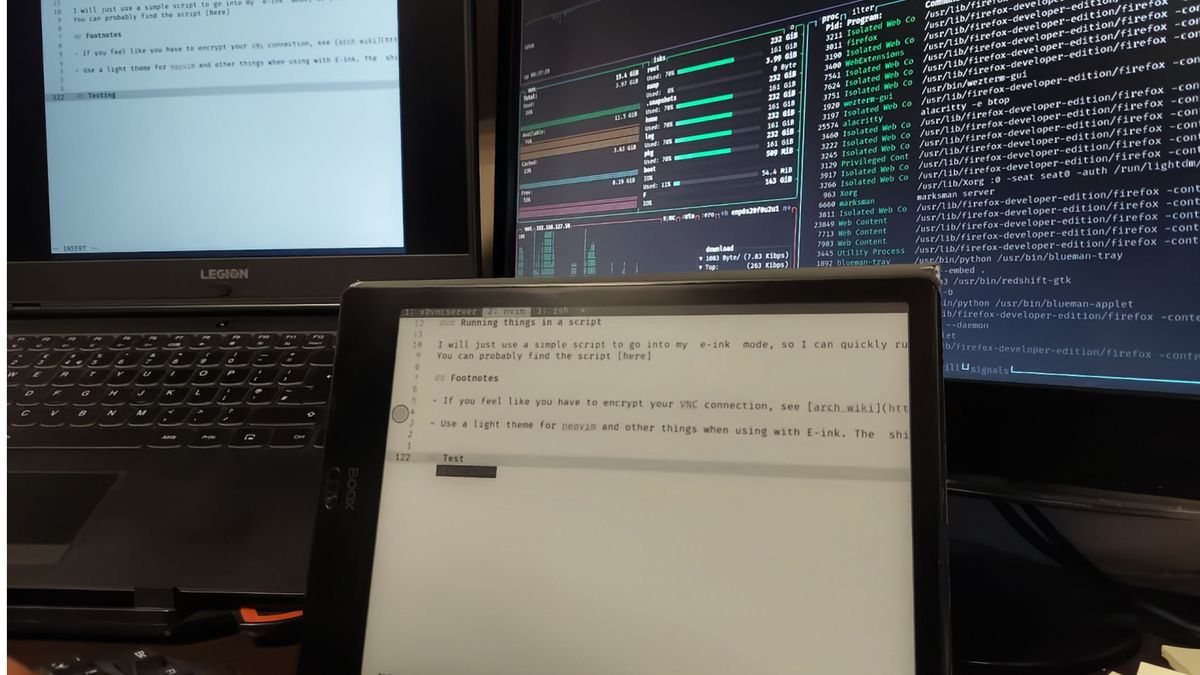Venus is home to some of the weirdest volcanoes in the solar system—massive, flattened domes that look like planetary pancakes left to cool on the world’s blistering surface. Scientists have long suspected these “pancake domes” formed from thick, slow-moving lava. But a new study suggests that Venus’ bendy crust may be crucial to the formation of the circular mounts.
The research, published earlier this month in Journal of Geophysical Research: Planets, focused on one particularly enormous dome, Narina Tholus, which stretches nearly 90 miles (145 kilometers) across.
Using old radar data from NASA’s 1990s Magellan mission, researchers built a virtual model of the dome and tested what kind of lava—and what kind of crust—could produce such a geological flapjack.
Turns out, lava alone doesn’t explain the domes’ strange shape. “Our models show that flexure influences dome shape,” the researchers wrote, “in the presence of more flexure, dome tops become flatter and sides steeper.”
Just like the skin of more fleshy things, Venus’ crust can dimple and deform when saddled with thick lava. When researchers simulated lava flowing over a bendy lithosphere, the molten rock stopped spreading and piled up, forming flat tops with steep sides—just like Venus’ pancake domes. Crucially, this model also reproduced the crustal bulges spotted around some domes in previous studies.
Still, not just any lava would do. Only ultra-dense lava—more than twice the density of water and over a trillion times as viscous as ketchup, as reported by Live Science, matched both the dome shape and the surrounding deformation. The researchers think such lava could take “up to hundreds of thousands of Earth-years” to fully settle into these colossal structures.
The team’s model is based on just one dome, so it’s not conclusive. But upcoming missions like NASA’s VERITAS or DAVINCI will provide better topographic data to test their theory across more of Venus’ thousands of volcanic features.
Better understanding these features could yield more insights into the formation of the hellish planet, sometimes referred to as Earth’s evil twin for the way its planetary evolution split off from the timeline that made our world wet, verdant, and rife with life.









 English (US) ·
English (US) ·